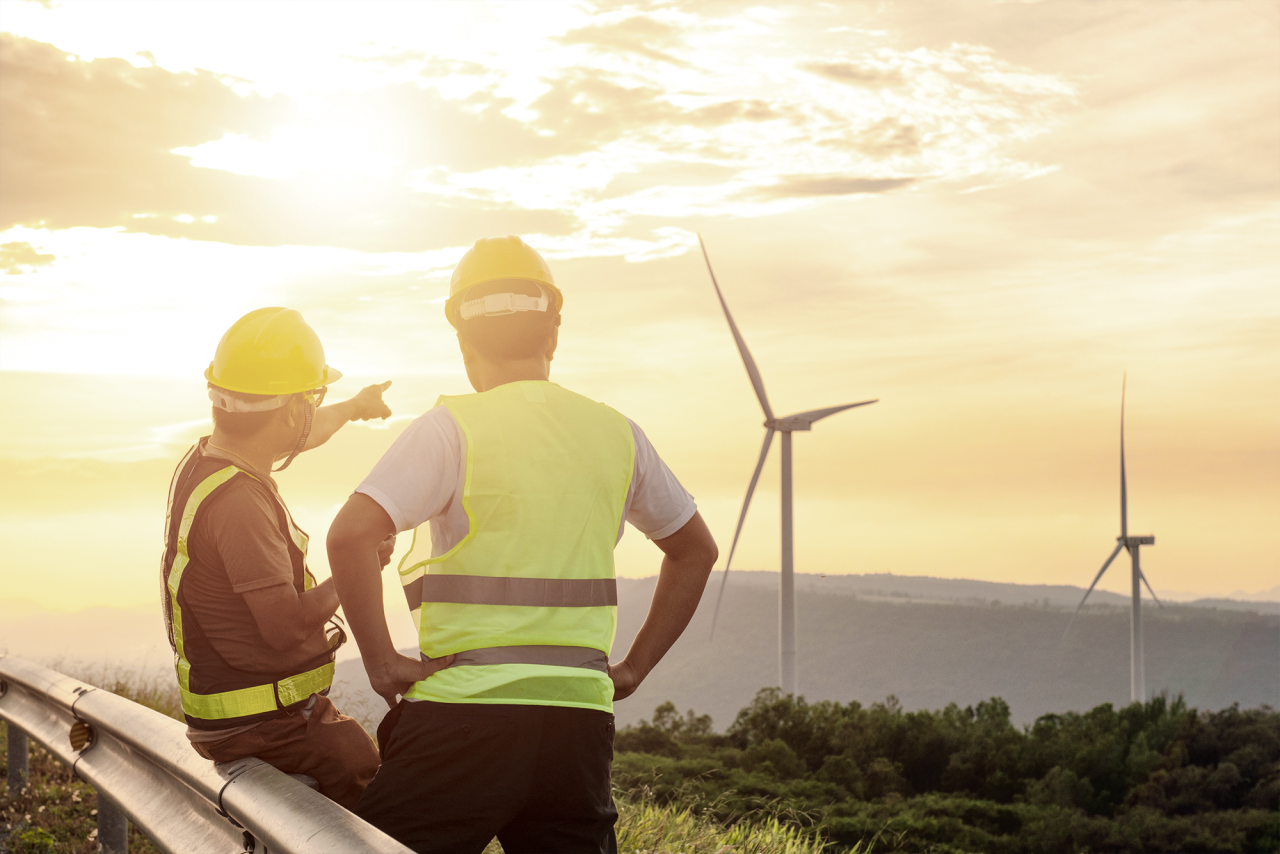It's been a great two years for wind farm construction projects – Africa, Europe, Latin America and the Middle East have seen more onshore wind installations than ever before.
And while building wind farms shares many of the same qualities as other projects, it also presents some unique challenges.
When it comes to wind energy construction and development, there is no single best practice, but there are many best practices you can follow.
Try implementing these three best practices in your next wind farm construction project to promote better efficiency and safety.
1. Start with better pre-construction processes
Efficient pre-construction planning is crucial if you want your wind farm construction projects to be successful.
In addition to performing due diligence with site assessments and infrastructure planning, there are other ways to ensure your pre-construction phase goes smoothly:
- Create a single source of truth. During the pre-construction phase of a wind farm construction project, it is not uncommon for data to become siled (stuck in spreadsheets, emails, WhatsApp messages, etc.). This disconnect delays information sharing, setting teams up to make costly mistakes and miss deadlines.
- Automate manual processes. Wind farm construction projects suffer from the same inefficiencies as other commercial projects – teams are stuck working in tedious, manual processes. Implementing cloud-based construction management software can help your team spend more time on important pre-construction tasks instead of worrying about data entry.
- Promote better collaboration. Setting your wind farm construction project up for success means getting all stakeholders on the same page from the start. This means finding a system that enables communication and collaboration between teams and eliminates data silos in offices to avoid risks and make better decisions.
2. Consider how the weather will affect your project
While the time of year affects all construction projects, wind farm construction projects have some specific scheduling needs. You will have to consider:
- The weather: Scheduling turbine lifts is much more difficult in rainy or windy weather, and storms can further restrict site access.
- Flood events: Adequate site drainage is essential for wind farm construction projects – lack of planning can result in problems ranging from delays to pollution.
- Habitat management: You will need to protect (and possibly restore) the habitat where the wind farm is located; This depends on the time of year, the presence or absence of livestock, etc.
- Visibility conditions: Heavy fog, rain and blizzards can significantly increase risks on any construction site, but are particularly dangerous when working on wind farm projects.
- Wildlife activity: Bird breeding season, protected species activity and deer grazing patterns present unique risks to wind farm construction projects, and should minimize their impact on local wildlife.
- Waste management options: Wind farm construction projects must manage waste efficiently to minimize hazards associated with the movement, use and disposal of waste on site.
 3. Design access roads specific to site and requirements
3. Design access roads specific to site and requirements
Access roads play an important role in all wind farm construction projects, from the initial installation and transportation of wind turbine parts to their long-term operational and maintenance needs.
Designing and implementing efficient access roads means covering:
- Pre-construction access lane considerations: There are a few pre-construction points to consider, including site topography and terrain conditions. You will want to ensure access trails avoid bodies of water and perform a thorough soil investigation that includes topsoil probing and excavation tests.
- Access road design: When going into the design details of your access roads, you will have to take into consideration the limits set by delivery contractors and turbine suppliers for alignment gradients, load capacities and road widths. You will also need to analyze any potential issues with track gradients, peat stability and temporary construction stages.
- Construction of access roads: Wind farm construction projects generally have two options for creating access roads: floating roads and cut-and-fill roads. With either method, it is important to carefully monitor wind farm tracks for standing water, which can result in holes in the running surface.
Standardize your processes to ensure quality, safety and efficiency
With onshore and offshore wind farm construction projects rapidly expanding, efficient construction practices are more important than ever.
The key to ensuring quality, safety and efficiency on-site and off-site is to standardize your processes with digital tools.
- Mobile site inspections allow you to create roadblocks and sync your punch lists from anywhere.
- QHSE standardized checklists make capturing site issues and removing hazards quick and easy.
- One-click reporting helps you identify issues, determine fault for delays, and flag warning signs.
- Automated workflows reduce costly errors, track project performance, and increase ROI.

